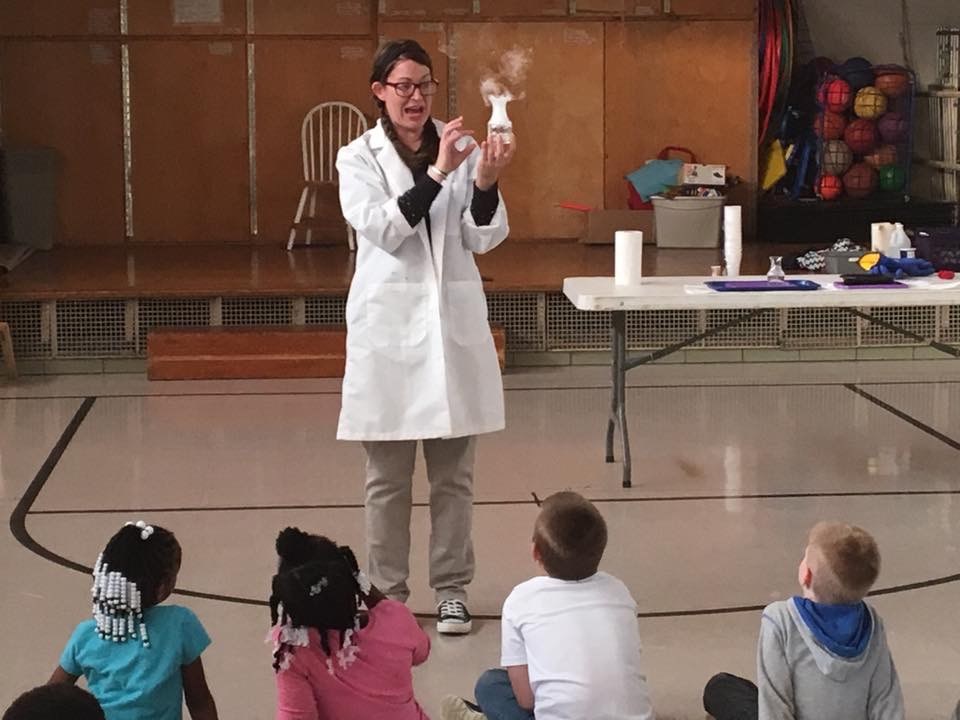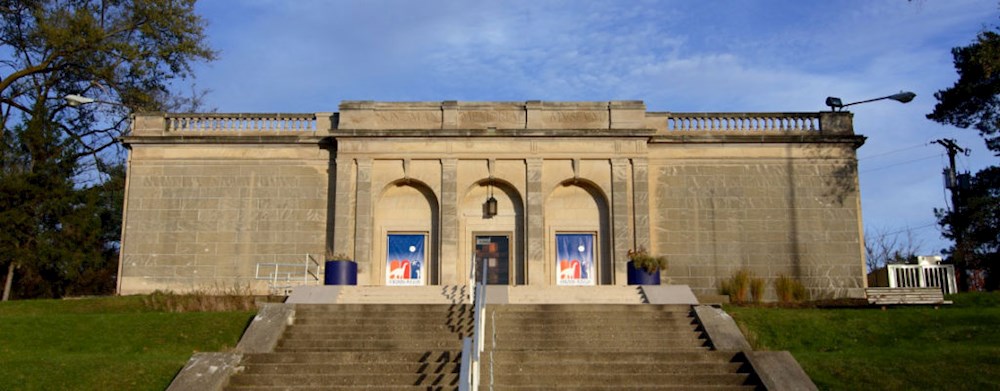- DataArts News
Small Changes Can Make a Big Impact | Learn How One Museum is Getting Creative to Foster New Supporters
- Posted May 09, 2019
What does the future landscape of individual philanthropy look like? As SMU DataArts collects new data and we’re able to analyze and tie together trends that help us identify what lies ahead, uncertainty remains a persistent factor that cannot be ignored. The current generation of reliable supporters is rapidly disappearing and their replacements are slow to step up to the plate. However, small but focused changes may help inspire the next generation of supporters. One small museum in Battle Creek, Michigan has already begun its journey.
Unpacking the data.
Over the past 9 years, we’ve been tracking arts and cultural funding behavior from 5 of the top sources; trustee, individual, government, foundation, and corporate. Based on this data, we found that individual donors have consistently been the strongest and most reliable source of contributions for arts and cultural organizations, with an overall upward trend since 2014 that also outpaced total expenses; the net result is a 1.3% increase in the individual contribution index.
Some sectors, such as art museums, community-based organizations, performing arts centers, and dance organizations maintained a consistent level of their individual contribution index over the span of four years without significant highs and lows. Arts education organizations, theatres, and general performing arts centers all saw an upward trend in their individual contribution index, while music and opera saw theirs fall in 2017.
When we unpack the data even further and look at the differences in organizational size, we find that small arts and cultural organizations cover nearly half of their current year’s expenses with gifts given in the same year, while large organizations cover only 22% of expenses with gifts made in that same year. This could mean that unrestricted contributions are far more crucial for the viability of small organizations, as they tend to rely on them for immediate expenses. Moreover, unrestricted contributions from individuals are the leading source that small organizations count on year after year.
Gift size also matters in this equation. Overall, the average individual gift to nonprofit arts and cultural organizations increased over from $327 in 2014 to $436 in 2017 – an incredible 33% increase. While the average gift size increased, the average number of donors decreased. The number of donors per arts and cultural organization fell annually from 480 in 2014 to 462 in 2017 – a 3.75% decrease that brings with it the question of sustainability.
This trend is not exclusive to the arts and cultural sector: According to The Fundraising Effectiveness Project’s most recent release, the overall nonprofit sector in America saw 4.855 million individual donors disappear in just one year, from 2017 to 2018. Most of the disappearing donors are those who give in the small to mid-range dollar amounts, with 4.4% of donors who give under $250 disappearing and 4% of donors who give $250 - $1,000 disappearing. The only increase in donor groups was among those who give $1,000 or more.
Despite a slight increase of 1.3% in the overall individual giving amount for arts and cultural nonprofits, these startling findings have raised important questions and concerns about the changing landscape of individual philanthropy. As more donors disappear without a new generation of supporters who can immediately take their place, how will arts and cultural organizations, particularly small ones, find the necessary funding to maintain?
Creativity, technology, and collaboration may play key roles in developing long-term relationships with younger crowds.
For most nonprofit organizations, bandwidth and resources are naturally top of mind when venturing into new territory. Small organizations have learned how to be efficient with their workforce as well as their budget, earning them the best scores in return on fundraising compared to medium and large organizations. However, now that the philanthropic landscape is rapidly shifting and traditional models of fundraising techniques are becoming less effective, small organizations may need to re-evaluate, identify if things are still working as they should, and work wisely (and quickly) moving forward.
Kingman Museum in Battle Creek, Michigan discovered that they needed to make some changes several years ago. Their small changes are now proving to have a big impact.
Kingman Museum’s mission is to be a resource and destination for lifelong learning opportunities in natural history, the universe, world cultures and S.T.E.A.M. The museum’s history is deeply entwined with the community’s past, making it a staple landmark for the area.
In January 2018, the museum launched a restructured business model, making admission to the museum free and open to the public year-round. This restructure allowed museum leadership to re-evaluate offerings that would bring additional value to the community as well as provide a source of revenue for the museum.
The population of Battle Creek is about 51,000 individuals as of 2017, and only about 12 of those individuals work as Kingman Museum employees. With limited staff, they set focused, attainable goals. One objective was to increase efforts to market the museum store and to provide visitors a wider variety of higher quality items that would give them something to bring home, leave a lasting impression of their museum experience. However, lasting impressions weren’t limited to just the museum store. The museum also pushed forth efforts for maximum transparency in educational programming and outreach that organically attracted not only visitors, but also individual donors and funding.

Based on two different studies, Driving Forces from The Fundraising Report and Women Give 2019: Gender and Giving Across Communities of Color, we believe that personal connections make a difference when it comes to driving philanthropic giving, including membership renewals. There is an immeasurable value to simply offering more insights into how your organization is using their funding. As you gain the trust of a core group of individuals, social media and peer-to-peer advocacy will act in your favor – more widely known as The Flywheel Effect.
Kingman Museum continued to make adjustments that offered more insights into the value they brought to the community. Providing audiences with more transparency into how funding is used and acknowledging accountability about the effectiveness of the mission and programming can lead to organic feedback and help guide efforts.
Reciprocal benefits had always been of great value to members, and Kingman Museum staff understood this through personal communications and regularly making note of member feedback. Information that visitors and members are readily providing can be easy to overlook and mismanaged, but implementing simple procedures can help bridge these gaps in communication, regardless of your organization’s size.
Memberships with larger organizations are not the only resource for reciprocal benefits. As many of your members reside nearby, building relationships with neighboring organizations and businesses can offer additional value to your membership program as well. Kingman Museum carried that concept into their fundraising event initiatives.
With resourcefulness and creativity, Kingman Museum redesigned its fundraising event strategies to appeal to a wider audience without taxing staff with additional stress. Through partnerships with community breweries and coffee vendors, the museum rejected the traditional cocktail party fundraising event and modernized it with an atmosphere and price point that would attract a broader audience.
Lifelong learning opportunities to foster lifelong supporters.
The changes that Kingman Museum implemented were simple and effective because they were a holistic approach to updating strategies that promote the integrity of their mission, which is to provide lifelong learning opportunities for each individual in the community.
Rather than expecting immediate support from a younger generation that is largely unable to provide gifts at the same level as current major donors, Kingman Museum is cultivating a core group of longtime supporters by meeting their needs throughout the individual’s lifetime. Organizations that continue to enrich programming and grow with their current supporters may see that, when the time comes, and these younger individuals are able to give larger gifts of philanthropic support, they’ll remember the organization that was there when they needed them most.



